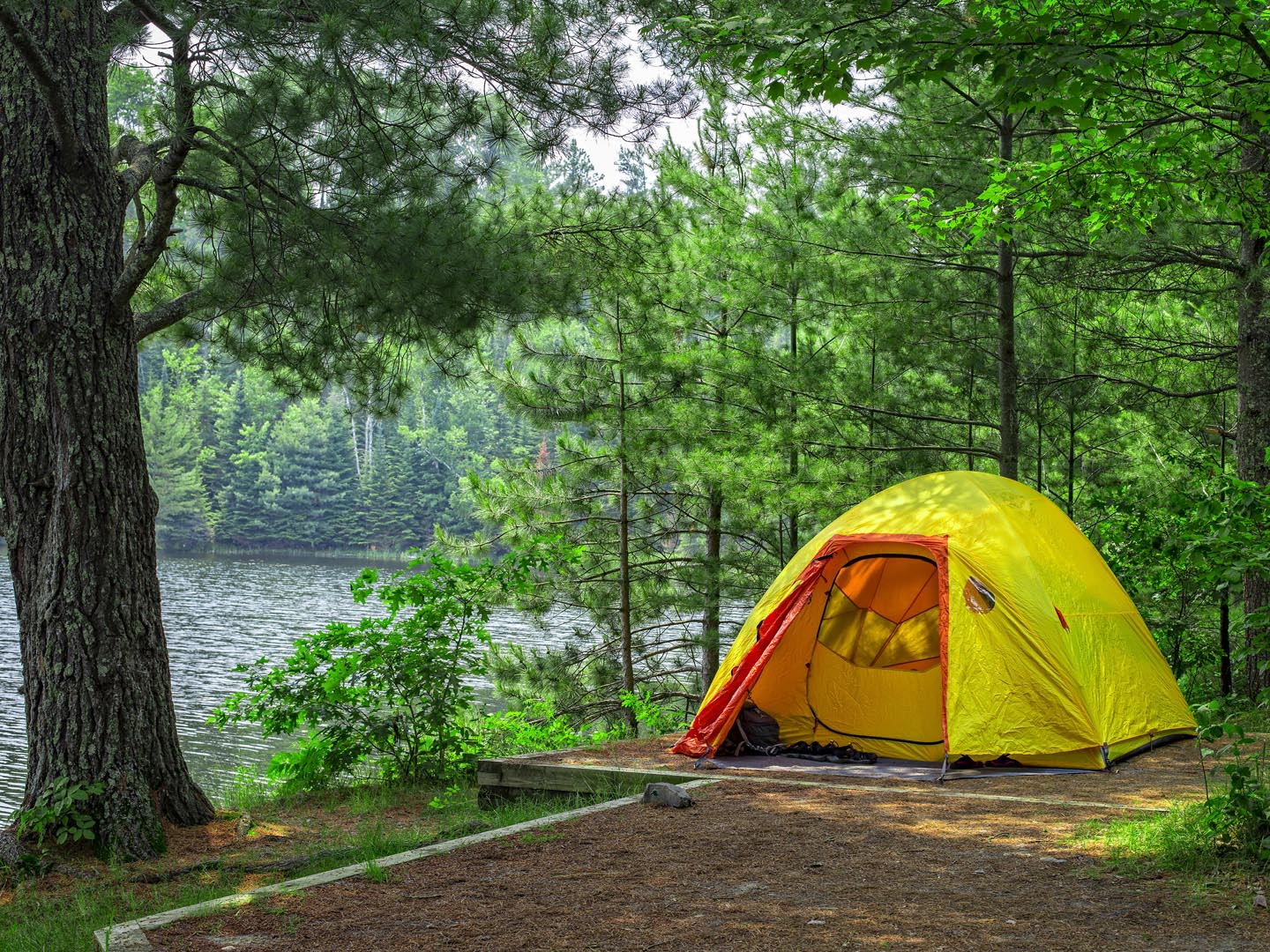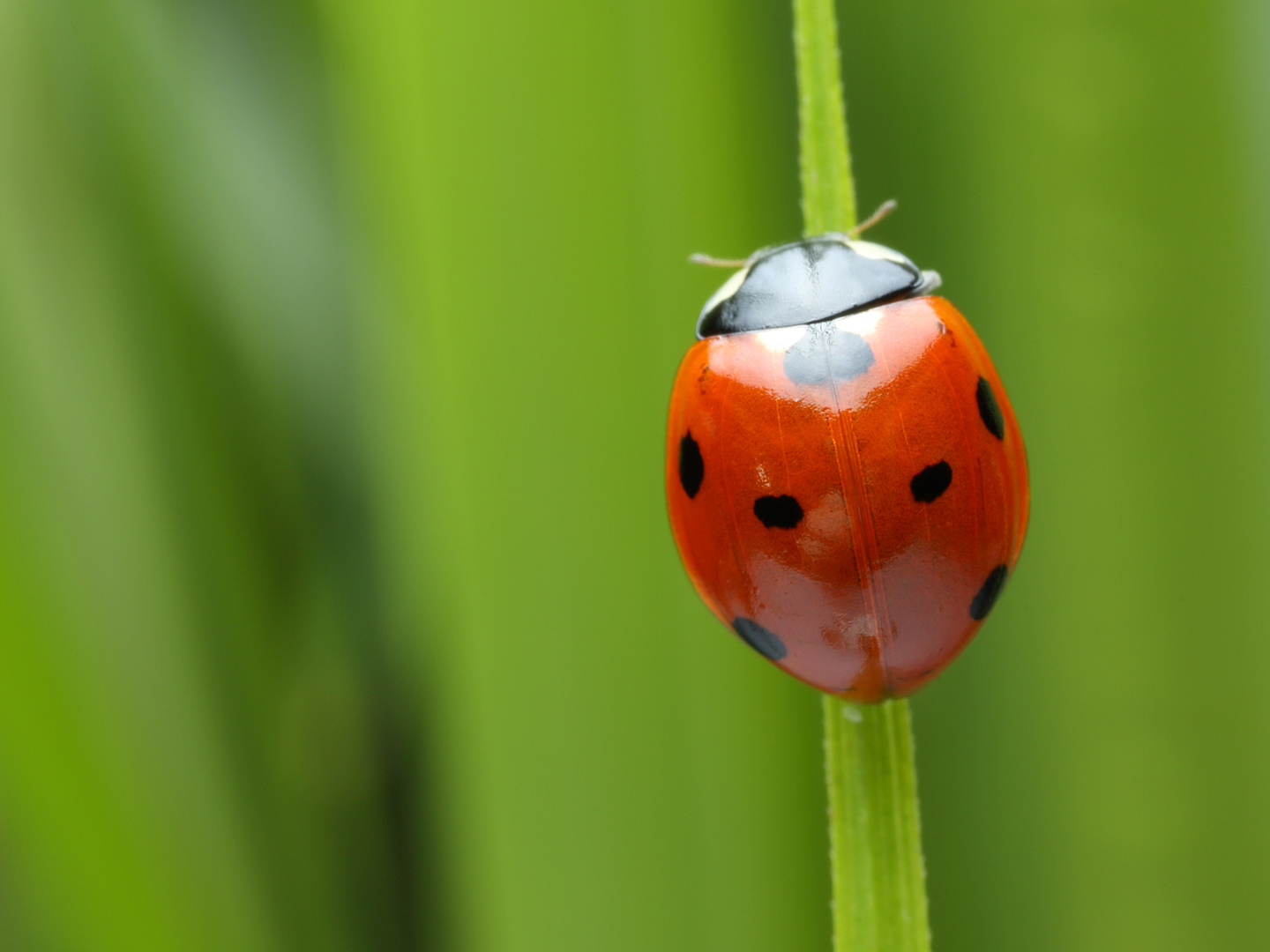Treating Head Lice

What are head lice?
Head lice (Pediculus humanus capitis), are parasitic, wingless insects that live on human heads and feed on their host’s blood. An adult is commonly called a “louse” and is about the size of a sesame seed. The eggs, called nits, are even smaller – about the size of a dandruff flake. Head lice are extremely contagious. They are found almost exclusively on the scalp, particularly around and behind the ears and near the neckline at the back of the head and, uncommonly, on the eyelashes or eyebrows. The lice cling tightly to hair with hook-like claws at the end of each of their six legs; the nits adhere firmly to the hair shaft and can be difficult to remove.
What are the symptoms of head lice?
- “Tickling” feeling of something moving on the scalp.
- Itching, caused by an allergic reaction to the bites of the head louse.
- Irritability and difficulty sleeping; head lice are most active in the dark.
- Sores on the head caused by scratching. The sores can sometimes become infected.
What are the causes?
Direct or indirect exposure to lice, or direct contact with someone afflicted by lice, causes lice infestation. In the United States, infestation with head lice is most common among preschool and elementary school-age children who can pass on the lice to family members and caretakers. Although head lice don’t transmit disease, kids can develop a secondary bacterial infection of the skin from scratching the itches caused by a lice infestation.
An estimated six million to 12 million infestations occur each year in the United States among children three to 11 years of age. Some studies suggest that girls get head lice more often than boys, probably due to more frequent head-to-head contact. Picking up head lice is not related to cleanliness of a child or of his or her environment. Close contact or sharing personal belongings, such as hats or hairbrushes, puts people at risk.
Infestation with head lice is much less common among African-Americans than among persons of other races, perhaps because the head louse found most frequently in the United States may have claws that are better adapted for grasping the shape and width of some types of hair but not others.
What is the conventional treatment?
The conventional treatment is one percent lindane, sold as a lotion with the trade name Kwell. Lindane is a cousin of DDT and can harm the nervous system.
In addition to individual treatment, physicians usually advise washing all hats, scarves, pillow cases, bedding, clothing, and towels worn or used by the infested person in the two days just before treatment begins. These items can be machine washed and dried using the hot water and hot air cycles – lice and eggs are killed by exposure for 5 minutes to temperatures higher than 53.5°C (128.3°F). If an item can’t be laundered, physicians recommend either having it dry-cleaned or sealing it in a plastic bag for two weeks. They also recommend not sharing hats, grooming aids, and towels that have come in contact with the hair of an infested person. In addition, they suggest you vacuum furniture and floors to remove any hairs from an infected person that might have viable nits attached.
What therapies does Dr. Weil recommend for lice?
To augment the household and clothing cleaning recommended above, natural and safer alternatives to conventional treatment with Kwell include one percent permethrin cream rinse, sold as Nix and Neem, derived from a tree in India. Lice can develop resistance to permethrin products, and these products can aggravate asthma in some children, but both Nix and Neem are relatively nontoxic. (Neem is sold in garden shops.)
Lice-B-Gone, a non-toxic, multi-enzyme shampoo made from plant sources, seems to get rid of lice in a single application. It works by softening the excreted “glue” that holds the nits (lice eggs) to the hair shaft and also dissolves the exoskeletons of adult lice. Since it contains no pesticides, Lice-B-Gone is considered safe for pregnant women, nursing mothers, young children and people with asthma. In some states, the cost of treatment with Lice-B-Gone is covered by Medicaid.









